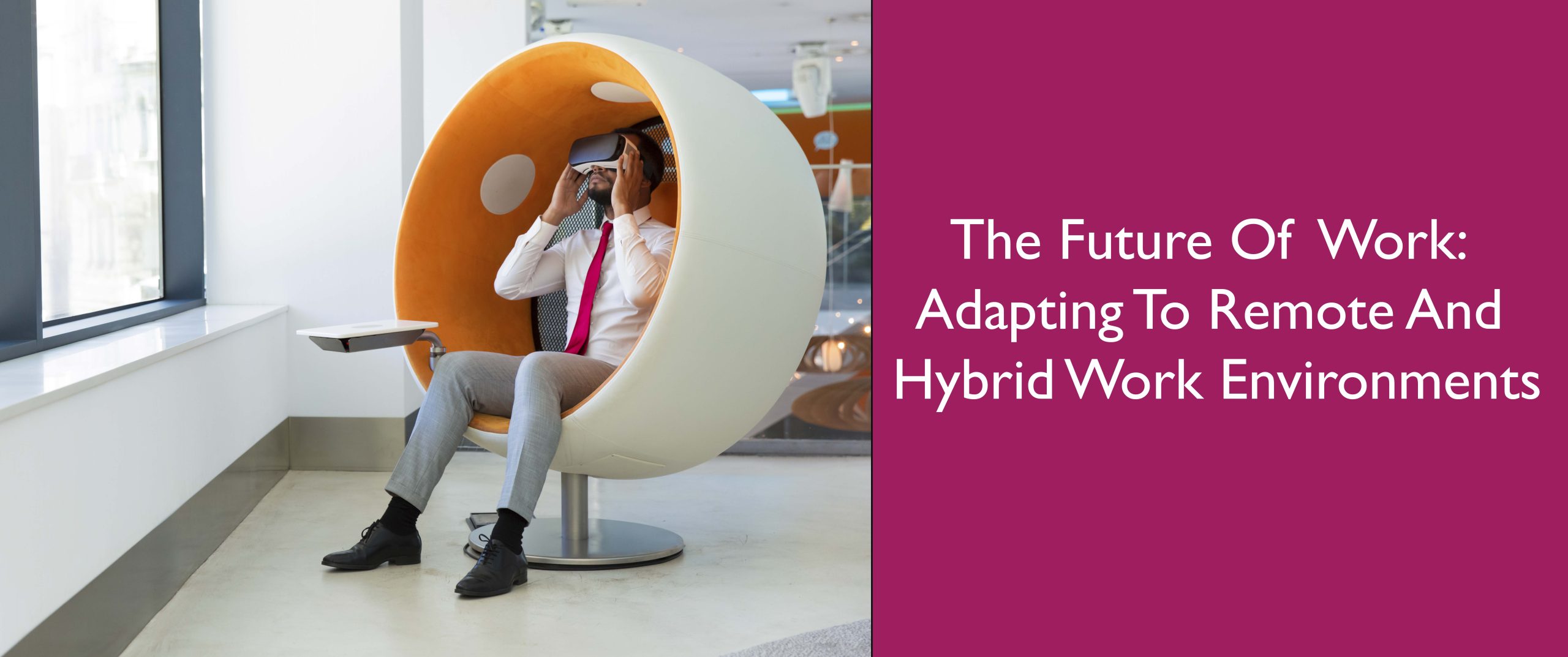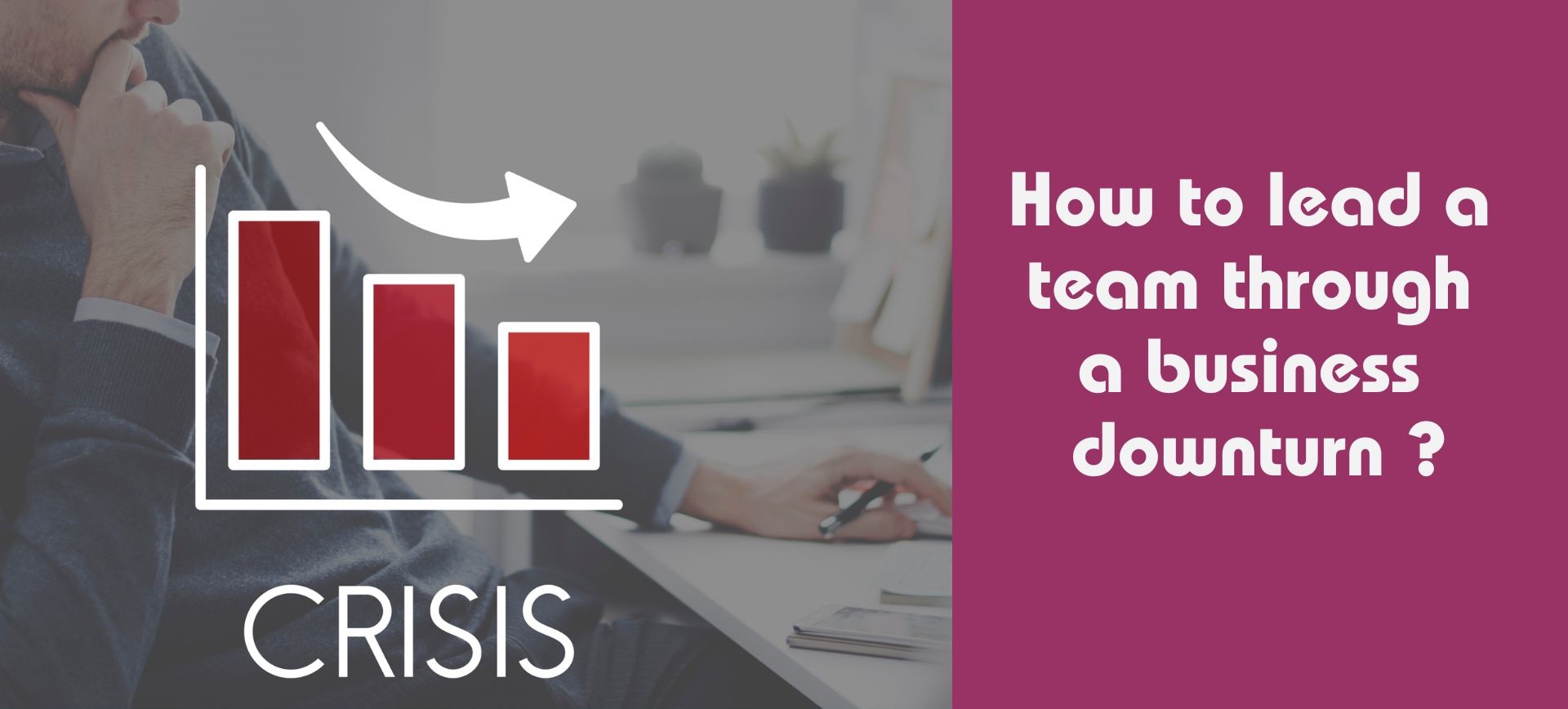
Raymond Cyrus
August 17, 2023
0 Comments

The next ten years will change how work is done due to technical, generational, and societal upheavals. Organizations faced historic challenges in 2023 as hybrid and remote work became common place.
According to surveys, CEOs are most concerned with adjusting their current cultures to support their workforce when implementing in-office and work-from-home policies for workers. HR leaders agree that implementing a hybrid strategy is the most challenging part of the process.
Statistics You Must Know!
Imagine working in a location where skill is in high demand. Imagine bringing hybrid and remote working to perfection! This article will spotlight all you need to know about adapting Hybrid and Remote work culture. Keep reading to learn more.
How the Remote and Hybrid Work Came to Effect- The Hype
The pandemic has just hastened the trend rather than creating the hybrid working paradigm out of thin air. In reality, the craze began in the early 2000s when internet service improved to be dependably used at home.
As long as there was an electrical outlet and an ethernet cable, the workstation in Hybrid could be located wherever. 90% of businesses are now switching to hybrid working due to the epidemic, permanently altering society.
A study conducted in April 2021 found that most companies did not see a productivity decline due to changing working arrangements. More employers in their research acknowledged that remote work enhanced output, with more than two-thirds claiming that their new remote arrangement had no impact on their output or even increased it.
According to the research, companies considered not just the places where their workers worked but also their working hours, with many of them considering providing flexibility during the workday. Improved work-life balance was cited as a perk of working from home by 78% of employees.
Challenges Faced on a Remote and Hybrid Work Culture
Why do so many of us, managers and employees, find hybrid and remote work difficult and draining? What are some of the most typical problems with these work models? Let's get started and find out.
The fact that some people feel more comfortable speaking up over screens than others can make it difficult for remote and hybrid teams to communicate effectively. This is in addition to the power, status, and linguistic differences that already make it difficult to express professionally.
According to research, most people now have a better sense of work-life balance than before the epidemic. The drawback is that some employees have found it difficult to unwind, significantly impacting their mental health.
Despite an organization's best efforts, onboarding new employees may be difficult, especially if you have remote teams. If a new hire spends time at home and work, it may take much longer to integrate them into your corporate culture and educate them on internal procedures.
Advantages of a Remote and Hybrid Work Environment
The hybrid workspace paradigm enables a combination of office and remote work and is location-flexible. Here are the top advantages of a hybrid workforce in more detail:
Companies will require less physical space if fewer workers are working in the workplace. As a result, office supplies are less expensive when using the hybrid model. Employers also save money because commute expenses are reduced. With the help of a Lean Business Consulting, a growing business can avail financial advices.
This is especially useful for working adults who have children, elderly parents, or even dependents with physical or mental problems to care for. Managing online calls with teams in different locations or countries enables little periods of micro-productivity throughout the workday. It makes it easier for workers to pursue personal duties when they log off.
A hybrid approach may provide flexibility and provide staff members the freedom to play to their strengths, both of which increase output. Teams may achieve a solid mix of creativity and cooperation by promoting a culture that sees remote work as a beneficial option for finishing deep-focus projects in the office.
Employers may access a huge talent pool of workers worldwide thanks to the hybrid model, which helps to diversify the workforce. Additionally, bringing individuals from various cultures and experiences together opens new ideas and increases the possibility of innovation within a remote team.
Fully remote work can enhance the ties that enable effective teamwork. Leaders must create and support environments that foster communication and collaboration to maintain productivity increases while giving people the freedom to choose how to balance work and personal lives.
Hybrid and Remote Working- The Future!
Covid will undoubtedly have a long-lasting effect on workplace setup and operations. Many organizations ' future corporate assessments will likely include shrinking or shifting space to satellite offices.
An entirely hybrid and remote workforce appears unlikely because of the advantages of in-person working for collaboration, invention, and social interaction. However, creating the best working environments for both in-office and remote personnel will be crucial.
Organizations must consider critical investments in cybersecurity technology, wellness, accessible HR resources, remote collaboration tools, and workforce training programs for professional upskilling and growth to stay one step ahead of their rivals. Lean Business is at your back if you're looking for expert guidance!
The difficulties of remote and hybrid work cultures can be successfully navigated with the help of our expert business advisors. As a business advisor in USA firm, we engage expert advisors with the required skills to support business success in this changing work environment by concentrating on efficiency and continuous improvement.
Did you come here for something in particular or just general Riker-bashing? And blowing into
Contact Us
10 Oct, 2023

10 Oct, 2023

9 Sep, 2023